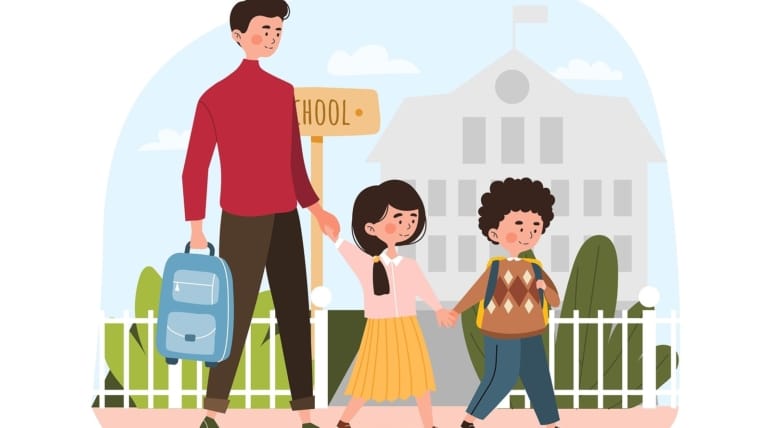Medical insurance claims data may help predict the likelihood of autism in kids, according to a new study published in the BMJ Health & Care Informatics Research. Researchers have created a machine that assesses the connections of hundreds of clinical variables in order to identify children at risk for autism in young children. This would help enhance the screening tools available for autism and ultimately improve the care children with autism receive.
The machine learning algorithm used in the study is fed hundreds of variables to find correlations that are related to the diagnosis of autism. The algorithm identified patterns in the data associated with an increased risk of autism.
These patterns included the number of times a doctor saw a child, the number of medications prescribed, symptoms, and the number of emergency room visits. While this research is still in its early stages, it can revolutionize how we screen for and diagnose autism.
Initially, the Modified Checklist for Autism in Toddlers (M-CHAT) was a widely used screening tool for autism. The M-CHAT is a 20-item parent-report questionnaire that assesses the risk of autism in children 18 to 24 months old. However, the M-CHAT has several limitations, including its low positive predictive value and lack of sensitivity in identifying autism in girls. The new machine learning algorithm has the potential to improve upon the M-CHAT accuracy and other screening tools that are currently available.
According to Chen, Assistant Professor of Industrial and Manufacturing Engineering at Penn State College of Engineering, “The new diagnostic tool can tell us which child is at a higher risk, even before they present any clinical symptoms.
It’s slightly better than the existing screening tool, but when combined with other tools, it can greatly help clinicians make an earlier diagnosis.” The prediction model could be embedded in electronic medical records systems in hospitals to generate risk scores for individual patients automatically.
The project was funded by the National Institutes of Health (NIH), the Penn State Social Science Research Institute and the Penn State College of Engineering. Chen & Whitney, a clinical psychologist at the Children’s Hospital of Philadelphia Center for Autism, were awarded $460,000 from NIH to develop the prediction mode; then analyze precisely how well the combined hospital record data and screen results predict autism diagnosis.
According to Whitney, the current tool is missing many children on the autism spectrum, & many children detected by our screening tools experience long waitlists for a clinical diagnosis & evaluation. She says part of the problem is the limited number of psychologists, developmental paediatricians and other experts in pediatric development who can provide these services.
“If we can identify which kids are most likely to have autism at an earlier age, we can connect them with resources and interventions sooner, which could improve their long-term outcome,” Whitney said. “This is a first step in that direction. We still have a lot of work to do to validate the model and to understand how to best use it in clinical practice, but we are hopeful that this will ultimately improve care for children with autism.”




